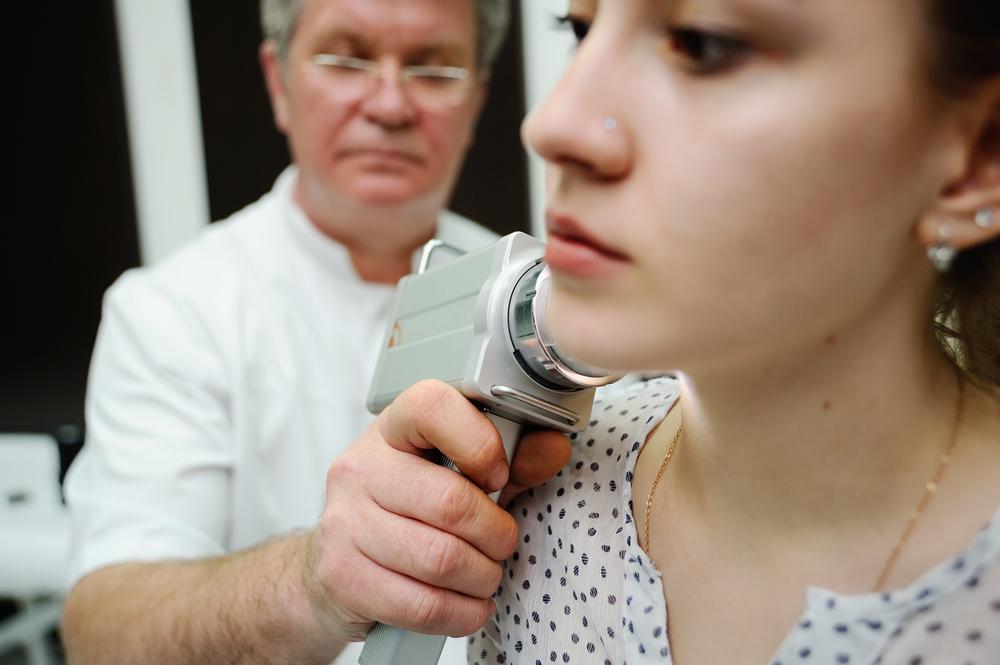Comprehensive Guide to Male Breast Cancer: Risks, Symptoms, and Treatment Strategies
Male breast cancer, though rare, is a serious health condition that requires awareness. This detailed guide covers risks, symptoms, and effective treatment options, emphasizing the importance of early detection and medical attention. Regular self-examination and understanding of risk factors can significantly improve prognosis and survival rates. By increasing awareness, men can identify symptoms early and seek prompt care, leading to better health outcomes. Stay informed about this often overlooked disease to protect your health and ensure timely treatment.

Comprehensive Guide to Male Breast Cancer: Risks, Symptoms, and Treatment Strategies
Male breast cancer, though relatively rare, is a serious medical condition that warrants attention due to its potential severity. Accounting for approximately 1% of all breast cancer diagnoses worldwide, this disease often remains underdiagnosed and underreported, partly because of the misconception that breast cancer primarily affects women. However, understanding the risks, recognizing early symptoms, and knowing available treatment options are crucial for improving outcomes in affected men.
This comprehensive guide aims to shed light on the key aspects of male breast cancer, including its causes, risk factors, clinical presentation, diagnosis, and treatment approaches. By spreading awareness, encouraging early detection, and promoting prompt medical intervention, we can improve survival rates and the quality of life for those diagnosed with this condition.
Exploring male breast cancer is vital because of its increasing recognition and the importance of early management. Regular self-examinations and awareness of risk factors play significant roles in prevention and early detection. Men with symptoms should seek medical advice promptly to initiate timely diagnosis and treatment, which can greatly influence their outcomes. Advances in medical research continue to improve understanding and management of this disease, providing hope for affected individuals and their families.





